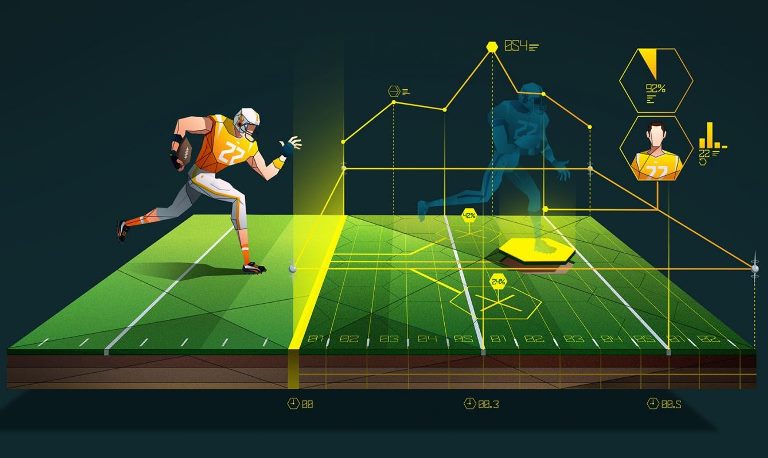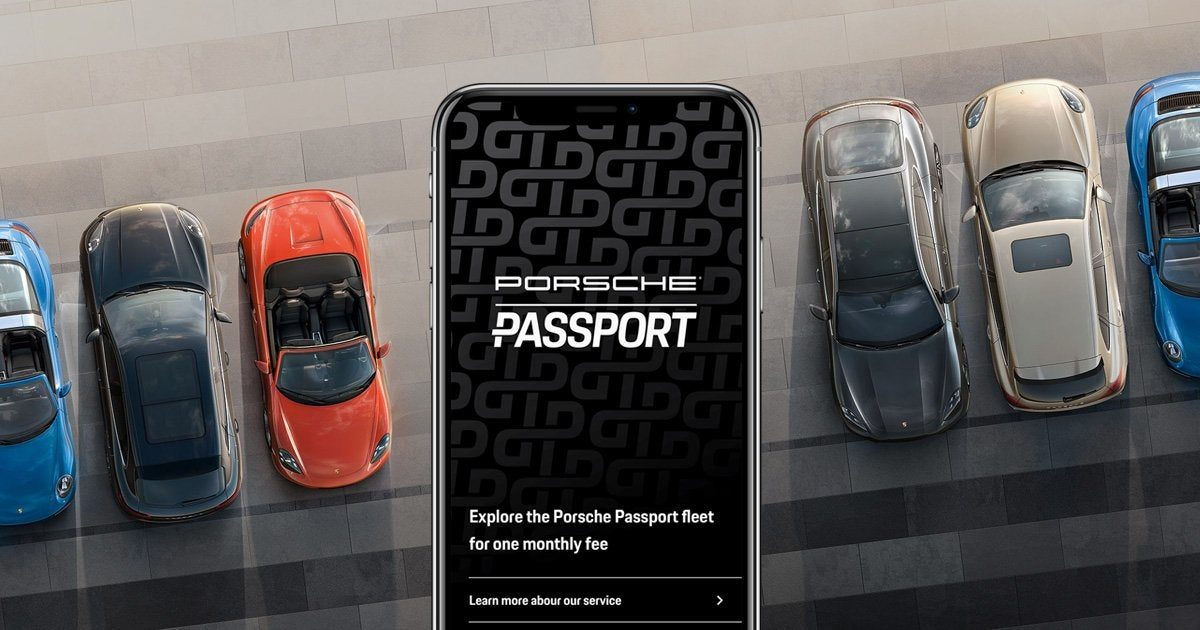Sports has been one of many entertainments option for the world’s population; since the gladiator era until the rise of eSports. Now, the world is modernizing through data and analytics. How will this development change the sports that we have known for long?
What changes?
Indeed, technology development has modernized the sports that we know. Technologies such as virtual reality promises sport enthusiasts of an immersive experience on watching sports. Users can now enjoy the stadium atmosphere on their couch, thanks to the VR-headset that they use whilst watching the game from their cable TV (Pierce, 2019). Furthermore, the sports league is also trying to bring more personalization to the users. ESPN, for example, provide users the option to choose their favorite broadcaster to comment the game for them (Pierce, 2019). As such, I think, these technologies might change the way fans watch sports matches. But is that it?
The answer is no. And that is because we have this rising technology called (buzzword alert!) machine learning. The technology offers interesting applications for sports team, particularly, around prediction domain (Warner, 2019). With machine learning sports team can predict, for example, winning probability and player performance, provided enough historical data exists. The English Premier League, for example, use machine learning to predict the direction of opponents’ penalty shot, using historical data, to help the goalkeeper make better decision (Morgulev, et al., 2018). Likewise, in US’ Major League Soccer, machine learning has been used to recommend the optimal game plan to coaches (Barlas, 2014). Another example will be the National Football League (NFL), who are using machine learning to understand the best route to run the ball (Lemire, 2019). Furthermore, the NFL has also put sensors in the players shoulder pads, therefore, allowing the player stats to be tracked continuously (Proman, 2019).
Better or Worse?
All in all, sports have and will change; be it on the way fans watch the matches or teams adjust their game plans. Fans no longer need to go the the stadium miles away to watch the game, they can simply put on a VR-goggle and enjoy the stadium atmosphere. Coaches no longer needs to assess the fitness of the players, as sensors already record their diets and fatigue (Barlas, 2014). Players no longer need to watch game films as extensive data analytics will provide them with their opponents favorite moves or ’hotspots’.
The question is, does it change sports for the better or for the worse?
References
Barlas, P., 2014. Data Analytics Get In The Sports Game Soccer, football teams turn to wearable tech, software for big wins. Investor’s Business Daily , Volume A01, p. 1.
Lemire, J., 2019. Sport Techie. [Online] Available at: sporttechie.com/nfl-big-data-bowl-running-backs-michael-lopez-analytics-director-football [Accessed 16 October 2019].
Morgulev, E., Azar, O. H. & Lidor, R., 2018. Sports analytics and the big-data era. International Journal of Data Science and Analytics, 5(4), pp. 213-222.
Pierce, D., 2019. The Wallstreet Journal. [Online] Available at: https://www.wsj.com/articles/the-future-of-sports-is-interactive-immersive-and-intense-11552827600 [Accessed 18 October 2019].
Proman, M., 2019. Techcrunch. [Online] Available at: https://techcrunch.com/2019/10/01/the-future-of-sports-tech-heres-where-investors-are-placing-their-bets/ [Accessed 1 October 2019].
Warner, J., 2019. Customer Think. [Online] Available at: https://customerthink.com/sports-and-machine-learning-is-there-a-connection/ [Accessed 16 October 2019].


